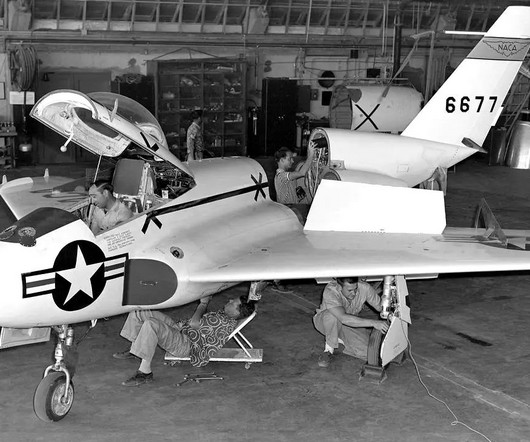Mach Number Explained: What It Is and Why Pilots Use It
Pilot Institute
JULY 11, 2025
When you reach around 36,000 feet (11,000 m) near the tropopause, the temperature stabilizes at around -56.5 °C. Making the wing relatively flat on top with a blunter leading edge and more curvature on the bottom gives you a supercritical airfoil. The result is a region of separated, turbulent flow behind the shock.













Let's personalize your content